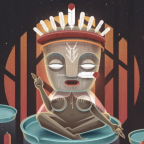
Health Secrets Of The Hunzas
Started by
pluto,
3 posts in this topic
Create an account or sign in to comment
You need to be a member in order to leave a comment

Started by
pluto,
You need to be a member in order to leave a comment